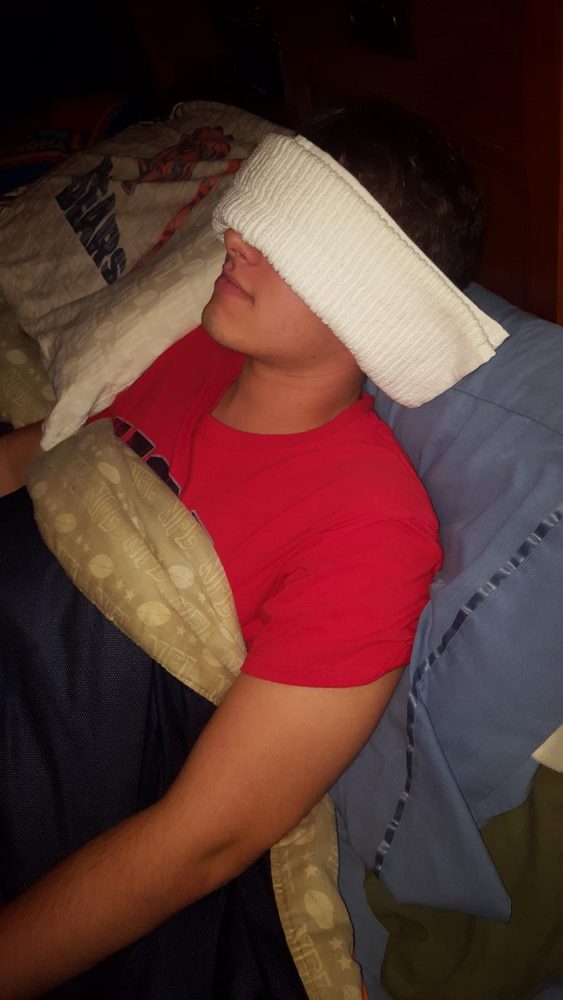Handling Headaches
Fast remedies to reduce the common pain and throbs.
What causes headaches?
Headaches are primarily caused by stress and overactivity of the brain. Headaches may occur on one or both sides of the head, be isolated to a certain location, or vary on intensity. Regardless of how one receives a headache, the painful feeling is all in the same. Sophomore Matthew Bohn knows the feeling, he experiences headaches frequently but does not like taking more medication.
“It depends on on what the home remedy is,” Bohn said.” I’m always open into trying new and different things.”
Hot and Cold
These opposing forces team up to fight different pains. Cold packs and compresses reduces the swelled nerves and tissues within the brain which relieves the tension. Hot packs relaxes muscles for the most common headache: tension. These headaches last between 30 minutes to a few hours. The pain consists of a dull ache around the forehead or the back of the head.
Go to the Dark Side
Some headaches and migraines are caused by sensory stimuli- which includes light. The extra activity within your brain provides extra strain on one’s eyes. Since the optic nerve sends signals right into the brain, the extra stimuli causes more tension causing headaches. Removing oneself from light reduces the amount of stimuli and sensitivity altogether. “I find that sleeping off a headache works well,” Bohn said.
Drink up
According to Mayo Clinic, “On average, a person should drink at least half of their body weight to stay hydrated.” But with students, this rule does not always apply. Water is the most natural way to relieve some of the headache pain. A common side effect of headaches is fatigue, which is also a symptom to dehydration. Water will also help flush any toxins that may cause the headache or migraine.


